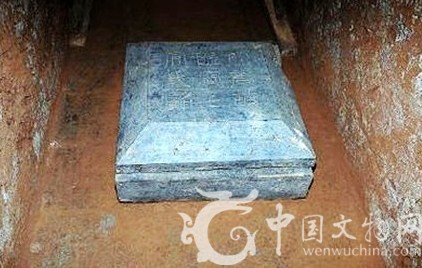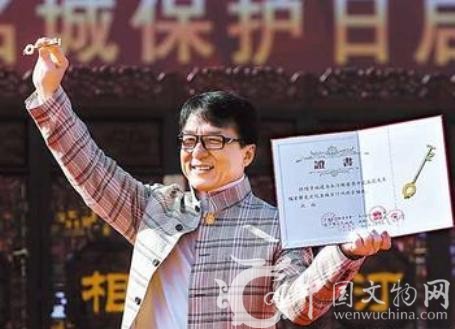WenwuChina.com, leading media outlet for Chinese ancient and modern art, partnered with Xinhua Online (Xinhuanet.com), People’s Daily Online (people.cn), China Economic Net (CE.cn), Chinaculture.org, China Culture Newspaper Online (CCDY.cn) and IFENG.com to release the “2013 Top 10 Cultural Relic Events in China” after a 20-day online voting period.
A number of far-reaching cultural relic events happened in 2013, for example, the archaeological discovery of the Western Zhou tombs in Yejiashan, Suizhou, is a high-level noble cemetery and was immediately considered “an important archaeological discovery of the 21st century”; the eye-catching DNA test by Shanghai-based Fudan University is expected to unlock the tomb mysteries of Cao Cao, a politician from the Three Kingdoms Period; the Chinese abacus was added to the World Intangible Cultural Heritage list, leading to great discussions on its protection and continuation in China.
The campaign not only presented important cultural relic events in China over the past year, but also attracted enthusiastic participation from Internet users. It successfully attracted people’s attention to cultural heritages and cultural relic protection.
Archaeological discovery of Western Zhou Dynasty tomb in Yejiashan, Suizhou, Hubei province

A total of 74 ancient tombs were found within a three month period in Yejiashan, Suizhou, Hubei Province, and are 500 years older than the tomb of Marquis Yi of the Zeng State. The Yejiashan Western Zhou graveyard is considered, “a most important archaeological discovery in the 21st century.” As a high-level noble cemetery, the graveyard is second to none in the Jianghan area and even in the Yangzi River reaches based on its level and scale. Meanwhile, it set eight new records within Chinese archaeological history: The Yejiashan graveyard is the largest Western Zhou Dynasty cemetery so far; M111 tomb is the largest in the early Western Zhou Dynasty; the discovery of 19 Ding and 12 Gui vessels from a tomb sets a new record in the history of Western Zhou archaeology; the horse pit of the Western Zhou Dynasty was first discovered in North China; the chime unearthed in the graveyard is 500 years older than its counterpart in the tomb of Marquis Yi of the Zeng State; it also marked the first time that the painted bronze ware was discovered, along with a suspended coffin and two-sided bronze statue in the Western Zhou tomb.
Cao Cao tomb DNA test

The Key Laboratory of Genetic Engineering of Shanghai-based Fudan University decoded the DNA of the family of Cao Cao, a politician and general from the Three Kingdoms period, and claimed that Cao Cao was neither a descendant of Cao Can, former Han Chancellor of the State, nor adopted in the Xiahou family. However, the conclusion was widely doubted, and the Henan authorities refused the inspection of the skull discovered in the Cao Cao tomb. Was the DNA test reliable and accurate? Is DNA archaeology authoritative? Can it confirm the real location of the Cao Cao tomb? Is there dispute beyond the DNA research? When will the dispute for the celebrity’s hometown stop?
Archaeological excavation of Shangguan Wan’er tomb

The archaeological excavation of the Shangguan Wan’er tomb has drawn great attention of the public. Shangguan Wan’er was a famous historical figure during the reign of Emperor Wu Zetian and Emperor Xuanzong of the Tang Dynasty and was honored as “female prime minister.” There were many puzzles incurred in the archaeological process, including whether or not this is the tomb of Shangguan Wan’er. Was the tomb destroyed by grave robbers or Tang authorities? Why did Tang authorities destroy the tomb but not the epigraph? Why does the tomb have a Rank-2 structure but few burial objects? Where is the coffin?
Dispute over Jackie Chan ancient building donation

HK actor Jackie Chan posted on his Weibo account that he would donate the ancient buildings he purchased 20 years ago from Anhui Province to Singapore. The news immediately came under public scrutiny. In fact, the ancient buildings in Anhui have suffered damage over the decades. It not only highlighted the weak awareness and dilemma of ancient building protection, but also lead to the introspection and reflection of the cultural relic administration.
